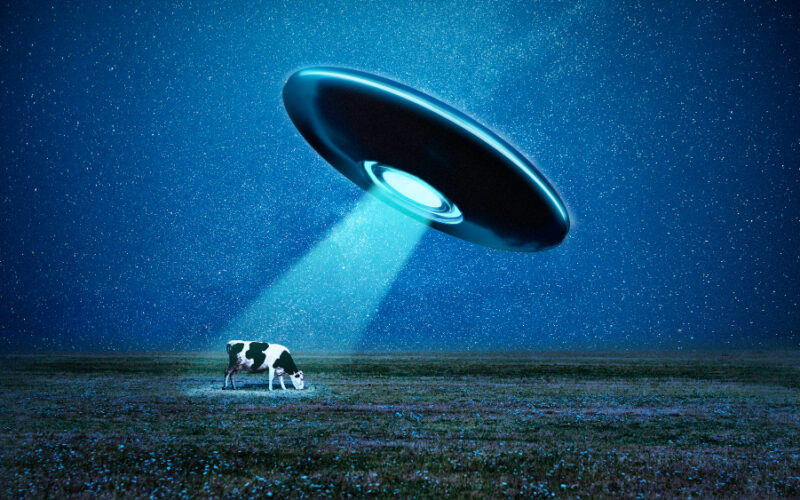What is the universe?
The universe is an unbounded and infinite space that contains all planets and stars, including the sun, earth, and moon. The early universe was densely packed with high-density matter and high energy. Following that, a massive explosion occurred as a result of the high density and expansion of energy, and this massive explosion is known as the Big Bang. Many particles and fragments spread far and wide as a result of the big bang. Several fragments accumulated over time to form a lump, and small particles continued to accumulate to form each group. This group is known as a galaxy, and it contains many planets and stars. The universe we know today was created as this one expanded. To date, however, the pre-Big Bang situation is difficult to predict, and the precise cause of the explosion is unknown. In other words, the beginning of the first universe is only predictable, and the precise facts will only be revealed through philosophical inquiries (Shooter, 2022).
Why are we looking for aliens?
We’ve always wondered if there is extraterrestrial life on planets other than Earth. Because the universe’s space was so vast and unobservable, this curiosity arose. NASA is working on finding evidence, using technology, of extraterrestrial life. We’re looking for planets with water or using transmission spectroscopy to look for extraterrestrial life (Brennan, 2020). There are numerous methods for locating aliens. It is a technique for looking for extraterrestrial intelligence. Our scientists suspected that extraterrestrial life’s technology had advanced, and they used SETI to locate their radio waves. In other words, if extraterrestrial life has developed knowledge and is using that knowledge to create and use radio wave technology, we will look for extraterrestrial life by looking for that radio signal. Because such real-world alien life is unlikely, the program’s true goal is to distinguish between different types of signals propagated by different galaxies through SETI studies (Todd, 2022).
Why does life exist only on Earth?
Only on Earth can life exist because it is in the habitable zone. A habitable zone is defined as the range of liquid water that exists around stars and planets, rather than ice and evaporation. These habitable zones may differ depending on the star’s mass. In other words, because the Earth is in the habitable zone, water exists as a liquid, and life exists on Earth because it provides the water required for life to exist (Krishna, 2020). It also keeps a reasonable distance from the sun and receives a reasonable temperature. The presence of atmospheres such as oxygen and nitrogen also provides the Earth with the proper temperature for life via the greenhouse effect (Shekhtman, 2020).
What are the conditions of the planet for extraterrestrial life to exist?
A planet’s conditions required for extraterrestrial life to exist on a planet other than Earth must be located in a habitable zone with liquid water. Furthermore, the components of the atmosphere and the amount of atmosphere must be in proper proportion. In the habitable zone, a planet like Venus exists. However, atmospheric components account for more than 90% of carbon dioxide. A lot of carbon dioxide produces high temperatures where life cannot exist due to a lack of oxygen, and the greenhouse effect appears to be an exaggerated phenomenon (Stein, 2023). The magnetic field of the planet must also be formed. Because magnetic fields protect harmful ultraviolet rays and spacecraft in the universe, magnetic fields can protect life on a planet (Pappas, 2019).
Conclusion
The universe is an infinite space filled with planets like Earth. Today, science has made it critical to search for non-human alien life in infinite space. However, finding extraterrestrial life is difficult because there is still a lack of evidence for extraterrestrial life, and only Earth has the conditions for life to exist. However, identifying the conditions for life and locating a planet based on these conditions will aid in the search for alien life later on.
References
Brennan, P. (2020). Why We Search | The Search For Life. [online] Exoplanet Exploration: Planets Beyond our Solar System. Available at: https://exoplanets.nasa.gov/search-for-life/why-we-search/ [Accessed 17 February 2023].
Krishna, S. (2020). What Is the Habitable Zone? [online] The Planetary Society. Available at: https://www.planetary.org/articles/what-is-the-habitable-zone [Accessed 17 February 2023].
Shekhtman, S. (2020). Nine Reasons We’re Grateful to Live on Earth. [online] NASA. Available at: https://www.nasa.gov/feature/goddard/2020/9-reasons-we-re-grateful-to-live-on-earth [Accessed 17 February 2023].
Stein, V. (2023). Goldilocks zone: Everything you need to know about the habitable sweet spot. [online] Space.com. Available at: https://www.space.com/goldilocks-zone-habitable-area-life [Accessed 17 February 2023].
Sutter, P. (2022). What is the universe? [online] livescience.com. Available at: https://www.livescience.com/what-is-the-universe [Accessed 17 February 2023].
Todd, I. (2022). SETI: How scientists really search for intelligent life beyond Earth. [online] BBC Sky at Night Magazine. Available at: https://www.skyatnightmagazine.com/space-science/seti-search-intelligent-life-beyond-earth/ [Accessed 17 February 2023].
Pappas, S. (2019). What If Earth’s Magnetic Field Disappeared? [online] livescience.com. Available at: https://www.livescience.com/earth-magnetic-field.html [Accessed 17 February 2023].
